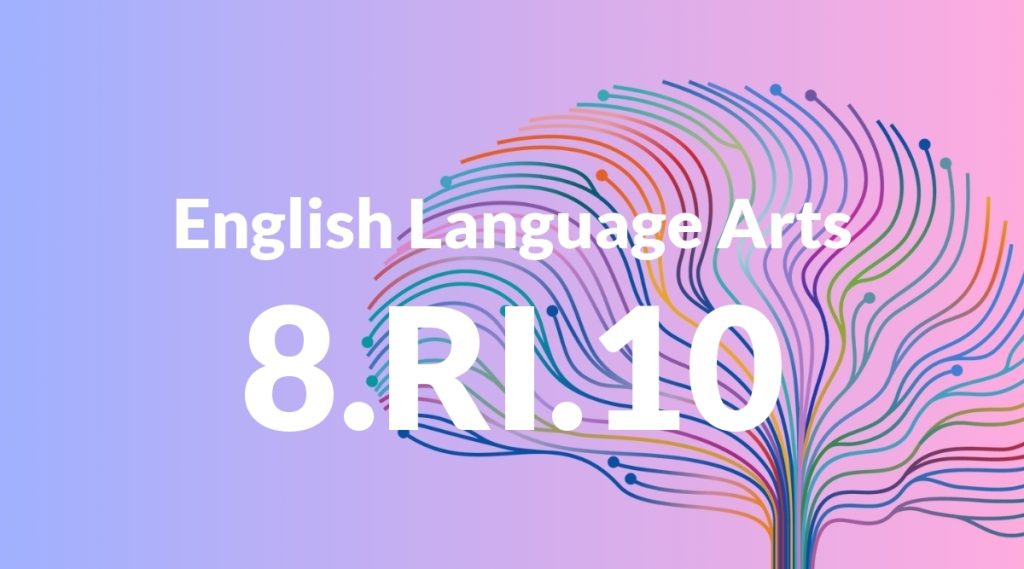Standard: 8.RI.1 – Cite the textual evidence that most strongly supports an analysis of what the text says explicitly as well as inferences drawn from the text.
Grade level: Grade 8
Subject: English Language Arts
Domain: Reading: Informational Text
Teacher Overview
This standard focuses on helping students develop the ability to cite strong textual evidence to support their analysis of informational texts. This skill is crucial for critical thinking and comprehension in both academic and real-world contexts. Before tackling this standard, students should be comfortable identifying main ideas and key details, as well as making basic inferences from texts.
After mastering this standard, students will be able to critically evaluate sources, synthesize information, and create well-supported arguments in their writing.
Common Misconception 1
One common misconception is that any piece of evidence from the text is equally strong. This is incorrect because some pieces of evidence are more directly related to the analysis and provide stronger support.
Intervention 1
To address this misconception, provide students with examples of strong vs. weak evidence and engage them in activities that require them to justify their choices.
Common Misconception 2
Another common misconception is that inferences are just guesses and do not need to be supported by textual evidence. This is incorrect because inferences should be logical conclusions based on specific details from the text.
Intervention 2
To remediate this misconception, teach students to always link their inferences to concrete evidence from the text and practice this skill through guided exercises.
Prerequisite Knowledge
Students should have a basic understanding of identifying main ideas and key details in a text, as well as the ability to make simple inferences from text.
Subsequent Knowledge
Students will develop the ability to critically evaluate sources, synthesize information from multiple texts, and create well-supported arguments in their writing.
Instructional Activities
- Close reading exercises
- Textual evidence scavenger hunts
- Group discussions analyzing different texts
- Writing analytical essays with cited evidence
- Peer review sessions focusing on evidence strength




